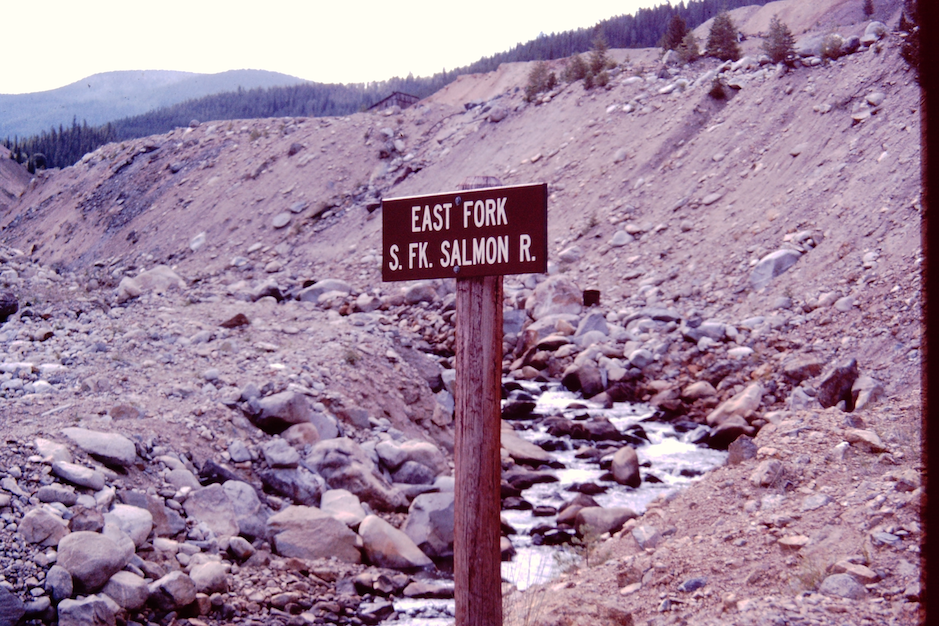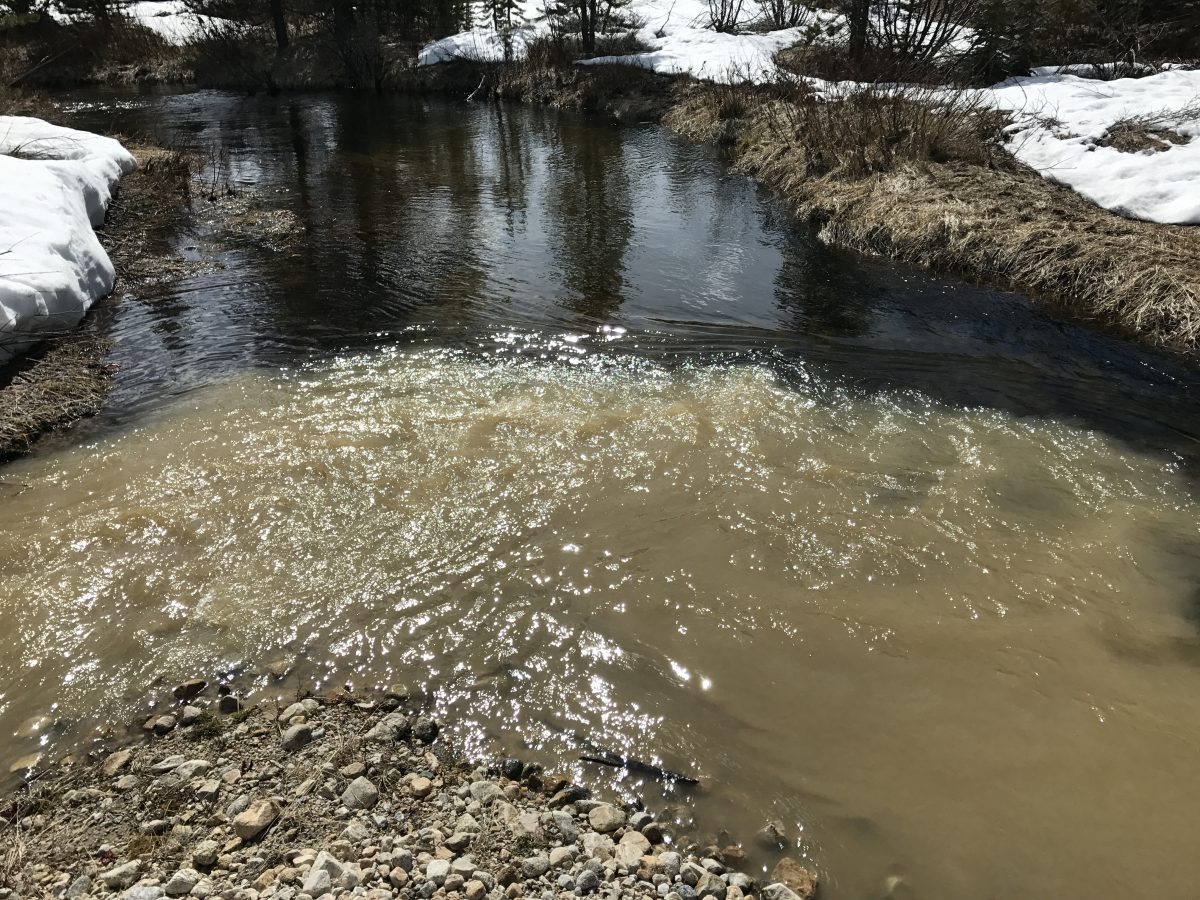Published on April 9, 2018
The East Fork of the South Fork of the Salmon River is in desperate need of repair and it is about to be named one of the most endangered rivers in the country by an environmental group. The river has been impacted for more than a century and the water quality and fish habitat in its headwaters are degraded. It is time to restore the river and we have the plan to do it!
The East Fork of the South Fork of the Salmon River suffers from elevated metal levels, salmon have been blocked from their native spawning grounds by an abandoned mine pit and hundreds of tons of sediment wash into the river each year, impacting water quality and fish habitat. These problems were caused by more than a century of mining-related activity, most of which took place before environmental regulations existed. Mother Nature also compounded the problems with numerous forest fires.
At Midas Gold, we have the right team and plan in place to fix the problems left behind by historical mining operations. The Stibnite Gold Project has been designed from the outset to use mining as a tool for restoration. Our plan will allow us to repair and enhance more than 12 miles of the East Fork of the South Fork of the Salmon River and tributaries leading into it and get salmon and trout back to its headwaters for the first time in more than 80 years.
Federal agencies used taxpayer dollars, alongside private funding, for limited clean-up of some of the issues in the area over 20 years ago. However, many significant issues still remain. Full restoration of the site is expected to cost tens of millions of dollars. We are prepared to make that investment.
Under our Plan of Restoration and Operations, salmon will be reconnected to their native spawning grounds for the first time in 80 years. Currently, fish are blocked from swimming upstream by the steep walls of an abandoned mining pit that cuts across the river. We plan to reconnect salmon to their spawning grounds before mining even begins. At first, fish will be reconnected through a temporary 0.8-mile tunnel. Using scientific, proven methods, the fifteen-foot-wide passage is designed with smart lighting to mimic night and day and a flow pattern that gives fish resting pools. Then we will rebuild the channel of the East Fork of the South Fork of the Salmon River by backfilling the Yellow Pine Pit, beginning in year seven of operations, and reconstructing the natural flow of the river, providing permanent fish passage to the headwaters and spawning beds.
We will address the river’s largest sedimentation problem before mining even begins. Hundreds of tons of sediment enter the river each year from Blowout Creek, where an earthen dam failed in the 1960s. Elevated sediment levels can clog fish gills, make it hard for them to see their food and reduce their ability to fight diseases. Excessive sediment also chokes off the oxygen supply to the gravel beds, reducing productivity of the salmon spawning habitat. Midas Gold will address the river sedimentation problem by initially installing a rock drain at the site of the failed dam and rebuild the stream channel to prevent excessive sediment from entering the river, while raising the water level in the wetlands above to restore full functional value.
Currently, one of the tributaries to the East Fork of the South Fork of the Salmon River passes by 10.5 million tons of spent ore and tailings left behind by past miners. These tailings have the potential to elevate concentrations of metals that can leach out and make their way into the river or groundwater. During the first years of operations, our team will reprocess and properly store the historic tailings in an engineered and state-of-the-art lined facility in order to prevent anymore metals leaching from these rocks and reuse the spent ore for construction purposes.
Every element of our plan was designed to address the threats facing the East Fork of the South Fork of the Salmon River, restore the river’s ecosystem and make sure it is not endangered in the future.
We have studied the area for years and we know the river is facing many threats. However, the biggest threat to the East Fork of the South Fork of the Salmon River is inaction. Doing nothing will continue to let fish habitat and water quality deteriorate and keep salmon blocked from their native spawning grounds. Idahoans don’t want to stand by and watch the conditions get worse. We have a plan to fix this problems during the very early years of the project.
To learn more about the problems facing the East Fork of the South Fork of the Salmon River and our plans to fix them, please visit a new section of our website dedicated to the river.


